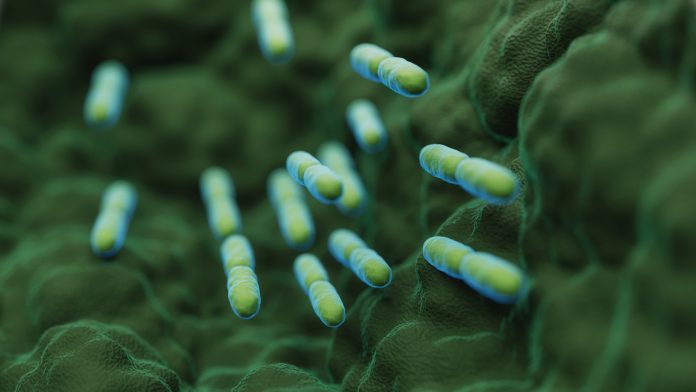
According to the University of Oslo, people are more likely to contract Klebsiella in hospitals than from farm animals or water.
Some variants of Klebsiella pneumonia are resistant to nearly all kinds of antibiotics. A team of researchers from the University of Oslo have explored how these variants arise.
In the study, the researchers took a very broad approach by analysing thousands of samples from rivers, soil on farms poultry, and even flies taken from Italy. They also tested people in and outside of hospitals.
The study has been published in Nature Microbiology.
“We wanted to find out where the Klebsiella bacteria live, and whether the kinds that are resistant live in plants, animals and water and are then transmitted to humans” explained Harry Thorpe, a postdoctoral fellow at the Department of Biostatistics at the University of Oslo.
The researchers focused particularly on Klebsiella pneumoniae. Klebsiella is a bacterium that is commonly found in the intestines of many people, without causing harm. However, if Klebsiella occurs in other parts of the body, it can be dangerous, causing pneumonia, meningitis and infections in the urinary tract, the blood, and the liver.
Klebsiella is a significant public health threat
“The World Health Organisation (WHO) lists Klebsiella as one of the organisms currently posing the worst threat to public health worldwide. This is because several variants are multi-resistant to antibiotics – in other words, an ever-growing number of antibiotics are ineffective against them,” said Thorpe.
One of the main issues surrounding Klebsiella is that reserve antibiotics can cause many serious side effects.
“This makes things particularly difficult when these types of antibiotics are given to very sick and vulnerable patients. Furthermore, several variants of the bacterium that are currently spreading all over the world cannot even be treated with these so-called ‘last resort’ antibiotics,” explained Professor Jukka Corander, who co-wrote the study.
Previous research has established that Klebsiella occurs in nature. The researchers found the bacterium in over half of their samples.
One of the key objectives of the study was to identify the most common ways by which the worst variants can infect their hosts. The researchers were able to make some promising findings.
“Outside the hospitals, we found no bacteria that were resistant to ‘last resort’ antibiotics and there was little sign that these variants spread from nature and farm animals to humans,” said Thorpe.
This caused the researchers to conclude that efforts to stop the spread of Klebsiella should be directed at infections in hospitals. However, an expectation should be made for the study of household animals.
New antibiotics will need to be developed
“We found the type of Klebsiella pneumonia which is prevalent in hospitals is also present in dogs and cats. Veterinarians and owners of dogs and cats should therefore be aware of this when antibiotics are prescribed for pets. They should adopt the same approach as doctors in order to limit resistance,” explained Corander.
The researchers speculated as to whether these resistant bacteria may simply be outcompeted in nature.
“However, in hospitals, the authorities should strive to implement faster and more efficient testing of the different variants of this bacterium, so that doctors can administer more targeted antibiotics. They must also make sure that the spread of the bacterium is closely monitored” added Corander.
According to their report, if the problem of antibiotic-resistant Klebsiella is not resolved, ten million people could die every year from infections caused by bacteria. An increasing number of people are dying from Klebsiella infections, with the number of deaths rising by one million each year.
“This means that there is a pressing need for new kinds of antibiotics to treat these bacteria,” said Corander.
“And we must make sure that the antibiotics we have today continue to work for as long as possible going forward,” concluded Thorpe.









